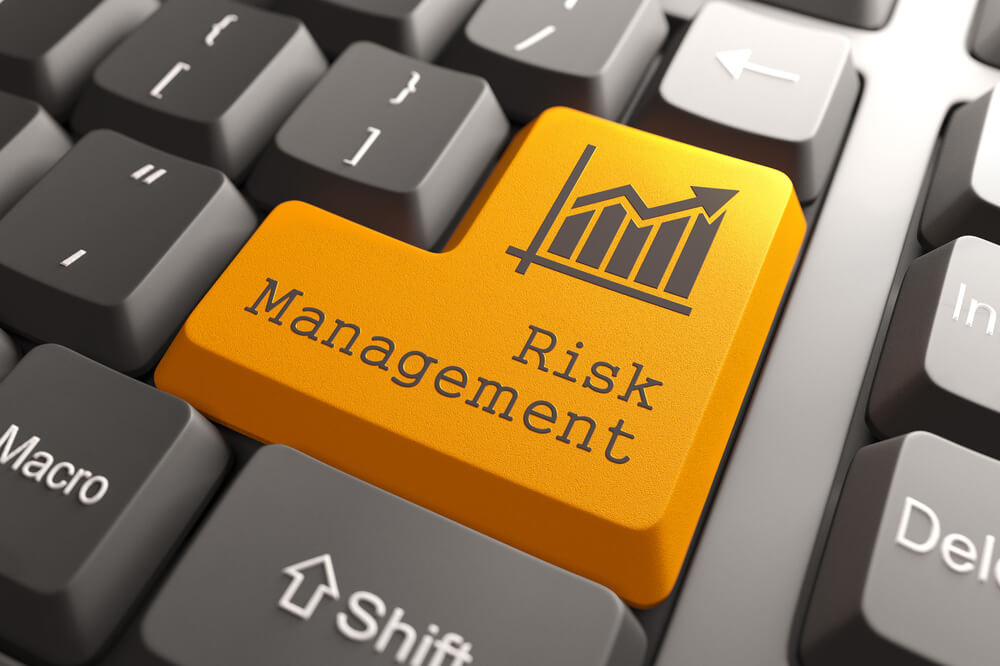Diversified equity funds are investment vehicles that aim to spread their investments across a wide range of stocks to minimize risk while trying to capture the growth potential of the equity markets. These funds invest in a variety of sectors and industries, avoiding heavy concentration in any single area.
This diversification strategy helps reduce the volatility of the fund’s portfolio, as the performance of stocks from different sectors can offset each other. For instance, when one sector underperforms due to industry-specific reasons, another might be performing well, thus balancing the overall portfolio performance.
Multi-cap equity funds
It is vital to gather as much information as possible about diversified equity funds. So, let’s take a closer look at multi-cap equity funds.
Multi-cap equity funds are a subset of diversified equity funds that invest across different market capitalizations, including large-cap, mid-cap, and small-cap stocks. The primary aim of these funds is to offer investors the best of all segments.
Large-cap stocks provide stability and resilience; mid-cap stocks offer growth potential; and small-cap stocks present opportunities for significant returns, albeit with higher risk.
The fund managers of multi-cap funds dynamically adjust the allocation between different market caps based on market conditions and their outlook on various segments, aiming to optimize returns for investors.
Value and growth equity funds
What about value and growth equity funds?
Value and growth are two fundamental investment strategies that equity funds may follow, each with a distinct approach to selecting stocks.
It is worth noting that value equity funds focus on investing in stocks that appear to be undervalued in price based on fundamental analysis.
These funds seek out companies with strong fundamentals – like earnings, dividends, cash flow, and book value – that are trading below what the fund managers consider their true market value. The idea is that these undervalued stocks will eventually be recognized by the market, leading to price appreciation.

Growth equity funds, on the other hand, invest in companies that exhibit signs of above-average growth, even if the stock appears expensive in terms of metrics like price-to-earnings (P/E) ratio.
These companies might be in the phase of increasing their earnings at an above-average rate compared to their industry or the overall market, which can lead to significant stock price appreciation. As a reminder, growth funds are more focused on capital appreciation than on dividend income.
Equity fund investment strategies
Investing in equity funds involves various strategies that cater to different investor goals, risk tolerances, and time horizons. Some of the key strategies include:
Asset allocation: Investors diversify their investments across various asset classes (e.g., stocks, bonds, real estate) according to their risk tolerance and investment goals. Within equity investments, this could mean diversifying across different types of equity funds.
Systematic investment plans: This strategy involves investing a fixed amount regularly in an equity fund, regardless of the market condition. This method, known as dollar-cost averaging, helps investors reduce the risk of market timing and potentially lower the average cost of investment over time.
Sector rotation: This strategy involves shifting investments among sectors or industries that are expected to outperform others based on economic cycles, market conditions, or sector-specific trends.
Growth vs. value investing: Some investors may choose to focus on either growth or value investing strategies, or a combination of both, based on their investment philosophy and market outlook.
Market cap strategy: Investors may choose to focus on a specific market cap segment (large, mid, or small-cap) based on their risk tolerance and growth expectations. Each segment has its own set of risks and opportunities.
Diversification across geographies: Investing in global or international equity funds to gain exposure to foreign markets, which can offer growth opportunities in different economic conditions and additional diversification benefits.
Active vs. passive management: Active fund management involves selecting stocks to beat the market return, while passive management involves replicating a market index to mirror its returns. The choice between active and passive management depends on the investor’s belief in the ability of fund managers to outperform the market.
The importance of risk management

Equity fund risk management involves a set of strategies and practices designed to minimize the risks associated with investing in equity funds while striving to achieve the desired investment returns.
Equity investments inherently come with higher volatility and risk compared to fixed-income investments like bonds, mainly because stock prices can fluctuate widely based on market conditions, economic factors, and company performance.
Effective risk management in equity funds requires a balanced approach that considers the fund’s investment objectives, the investor’s risk tolerance, and the prevailing market environment. Here are key strategies and practices for managing risk in equity funds:
Diversification
The core principle of risk management in equity investing is diversification. By spreading investments across various stocks, sectors, industries, and even geographic regions, a fund can reduce the impact of poor performance in any single area on the overall portfolio. Diversification helps mitigate specific risks related to individual companies or sectors and market risks affecting all equities.
Asset allocation
Asset allocation involves dividing an investment portfolio among different asset categories, such as equities, bonds, and cash. The allocation should reflect the investor’s risk tolerance, investment horizon, and financial goals. Adjusting the allocation in response to market changes or as investors approach their financial goals can help manage risk and protect capital.
Regular rebalancing
Portfolio rebalancing is the process of realigning the weightings of a portfolio’s assets to maintain the desired level of asset allocation and risk exposure. Over time, some investments may outperform others, causing the portfolio to drift from its target allocation. Regular rebalancing ensures that the portfolio doesn’t become overexposed to certain risks due to market movements.
Research and due diligence
Thorough research and due diligence are essential for understanding the risks associated with individual investments and the overall market. Fund managers conduct fundamental analysis to assess company financials, industry conditions, and economic indicators, aiming to make informed investment decisions that align with the fund’s risk management strategy.
Risk-reward analysis

Before making any investment, analyzing the potential risk versus the potential reward is crucial. This analysis helps in selecting investments that offer the best potential for returns relative to their risk level, aiming to optimize the portfolio’s risk-adjusted returns.
Investor education
Educating investors about the risks and potential returns of equity fund investments is crucial. Understanding the inherent volatility of equity markets and the long-term nature of equity investing can help investors maintain a long-term perspective and avoid making impulsive decisions based on short-term market movements.
Conclusion
Diversified equity funds, including their subsets like multi-cap, value, and growth equity funds, offer investors a range of options to align their investment strategies with their financial goals, risk tolerance, and market outlook.
By understanding the characteristics and investment approaches of these funds, investors can make informed decisions to construct a portfolio that is well-suited to their long-term investment objectives.











COMMENTS